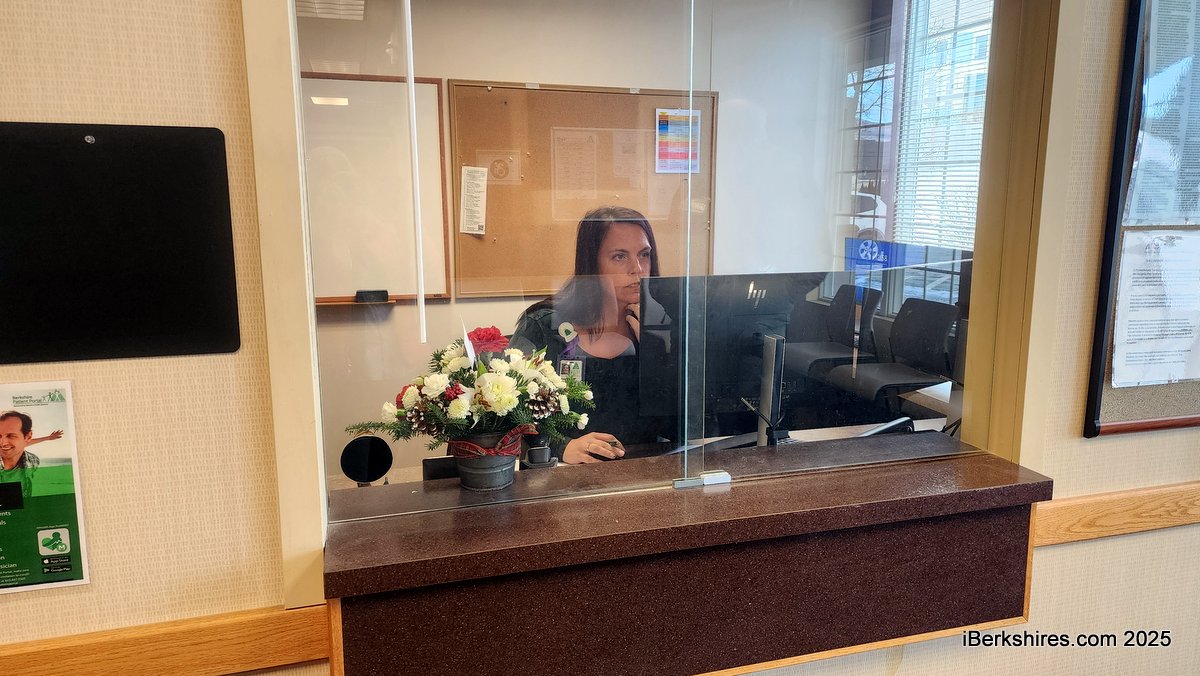
Hurdles, Frustration for Williamstown Housing Committee
 Two sites being considered for possible for housing will both require environmental remediation. A review of the conditions at the former PhoTech site on Cole Avenue, above, has been completed and further study of the former town garage site on Water Street has been approved. |
In a unanimous vote of the three committee members in attendance, the panel decided to allocate $13,350 for the study, which will follow up on initial findings that one area of 59 Water St. has contaminant levels which require a report to the commonwealth's Department of Environmental Protection.
"There are some areas of residual contamination from underground storage tanks," said Affordable Housing Committee Chairwoman Catherine Yamamoto, who also serves on the Affordable Housing Trust board.
"One area is reportable. [Environmental consultant] O'Reilly, Talbot & Okun came back with a proposal for $13,350 to do further study on the reportable site and estimate the cost of cleanup," she said.
In a separate meeting Wednesday, the board of trustees of the town's Affordable Housing Trust Fund heard reports on both the former town garage site and the former PhoTech mill property at 330 Cole Ave., the so-called "cube," which also has been suggested as a possible site for housing development.
Town Manager Peter Fohlin told the trustees one of the "areas of concern" at the Water Street location requires reporting to the state Department of Environmental Protection and "further investigation and possible remediation." Meanwhile, engineering firm Tighe & Bond has completed a study at the PhoTech site, finding "a compromised and deteriorating structure, asbestos-containing and hazardous materials and concentrations of cadmium and silver."
Fohlin said he and Department of Public Works Director Timothy Kaiser are meeting with representatives from Tighe & Bond next week to discuss the report. Fohlin said the findings were not surprising but rather more detailed and useful information about the problems at the former mill site.
At their meeting, the Affordable Housing Committee's Yamamoto, Bilal Ansari and Van Ellett voted to fund the 59 Water St. study with the provision that the committee press the Springfield-based O'Reilly, Talbot & Okun for an early completion of its assessment.
Ansari expressed frustration with the time it takes to advance potential projects, particularly in light of the town's increased need for affordable housing after last year's flooding at the Spruces Mobile Home Park.
"Every site is urgent," Ansari said. "The Spruces is real. Everything is at least two or three years out, so everything is urgent."
Yamamoto agreed that the committee needs to keep the issue of affordable housing on the front burner in the town.
"I know our cause is urgent, but we have to be realistic about how long these things take," Yamamoto said. "Every site we look at has some issue that holds us up – it has contamination, it's in conservation or it's owned by someone else. The best we can do is meet each hurdle as it comes along."
Ellett, who also serves on the Conservation Commission, said the Affordable Housing Committee also needs to begin discussing the possibility of developing part of the 30-acre former Lowry Farm off Stratton Road.
"Water Street remains our No. 1 spot," Yamamoto said. "As we said from the beginning, everything is on the table, including Lowry and Burbank."
The 139-acre former Burbank Farm is located between Stratton and Luce roads. It is the largest parcel in town controlled by the Conservation Commission.
"Yes, [Lowry and Burbank are] in conservation, but we're talking about possibly developing a fraction of those properties," Yamamoto said.
The two conserved properties came up again at the Affordable Housing Trust Fund meeting, and Trustee Richard DeMayo said he expects it would be "a battle" to get the Conservation Commission on board with the idea.
 Town Manager Peter Fohlin, right, reports to the trust fund board. |
"It's a lengthy process to get them out [of conservation], but it's not impossible," she said. "We feel it's important to keep talking about those sites. People in town should think of them as potential sites for affordable housing.
"The need has become dire and urgent."
On another front, the Affordable Housing Committee agreed to meet again on Tuesday to finalize a letter outlining a scope of services for an analysis of the town's housing market.
Yamamoto reported to the committee that she has learned that an updated analysis is important if the town hopes to secure grant money for affordable housing projects.
"We need to have done for us a professional market analysis and study of our housing needs," she said. "The data we have is 12 years old, and while I don't think the town has changed that much, when you apply for federal money, the data has to be updated every six months."
Tags: affordable housing, affordable housing trust, Photech, Spruces, town garage,
















